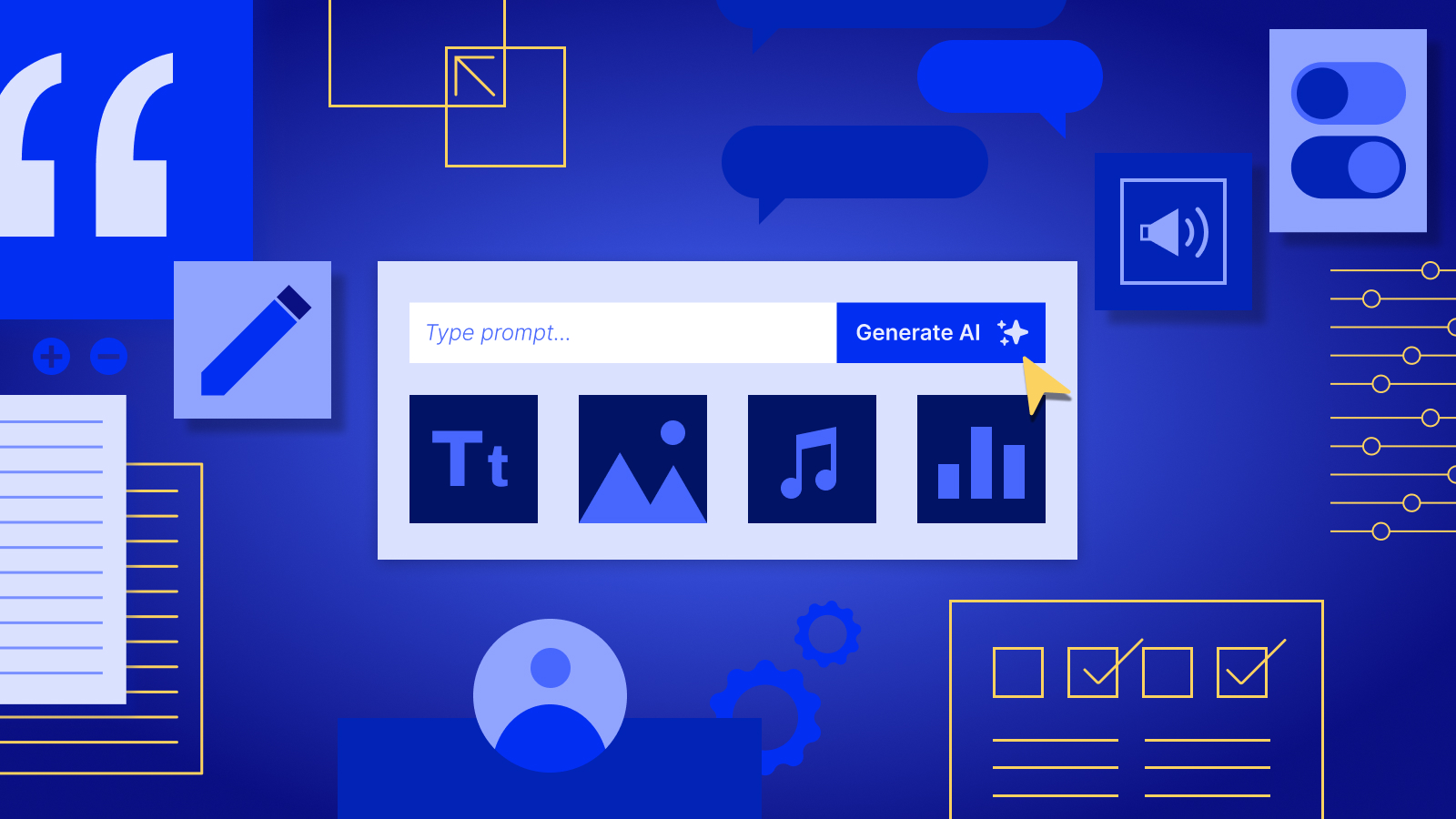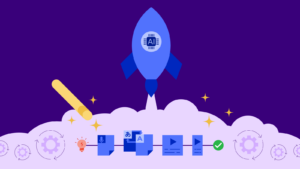In today’s digital era, the landscape of artificial intelligence (AI) is continually evolving, paving the way for groundbreaking advancements that redefine how we interact with technology. Among these innovations, Generative AI stands out as a transformative force, offering unprecedented capabilities in various fields. In this comprehensive guide, we delve into everything you need to know about Generative AI, its applications, and how it’s revolutionising transcription and translation processes.
Understanding Generative AI
Generative AI refers to a subset of artificial intelligence that focuses on creating data rather than simply analyzing it. Unlike traditional AI models that are designed for specific tasks, such as image recognition or natural language processing, generative AI systems have the ability to generate new content autonomously. These systems leverage deep learning techniques, particularly Generative Adversarial Networks (GANs) and Variational Autoencoders (VAEs), to produce realistic outputs resembling human-generated data.
Diverse Applications Across Different Industries
Generative AI has diverse applications across various industries, ranging from art and design to healthcare and finance. One of the most notable areas where Generative AI has made significant strides is in language-related tasks, including transcription and translation.
Transcription and Translation: Unlocking New Possibilities
Transcription and translation are fundamental processes in communication, facilitating the exchange of information across languages and mediums. Traditionally, these tasks have been labor-intensive and time-consuming, requiring human intervention to accurately transcribe or translate content. However, with the advent of Generative AI, these processes have been streamlined and enhanced, offering several key benefits:
1. Automated Transcription:
Generative AI systems can automatically transcribe audio recordings into text with remarkable accuracy. By analysing speech patterns and context, these models can generate transcripts in real-time, significantly reducing the time and effort required for manual transcription. This capability finds applications in various industries, including journalism, market research, and legal documentation.
Applications like औरिस एआई utilises AI to automatically transcribe and translate video content in seconds, revolutionising how transcription is done and vastly improving efficiency at work.
2. Multilingual Translation:
Generative AI enables seamless translation between multiple languages, overcoming barriers to global communication. Advanced models can accurately translate text from one language to another while preserving the original meaning and context. This has profound implications for businesses operating in multicultural environments, as well as individuals seeking to bridge language gaps in a connected world.
Challenges and Considerations
While there is immense promise in transcription and translation, it also presents certain challenges and considerations. One primary concern is the ethical use of AI-generated content, particularly in sensitive domains such as legal proceedings or medical records. Ensuring the privacy and integrity of transcribed or translated data is paramount to maintaining trust and credibility.
Additionally, the accuracy and reliability can vary depending on factors such as training data quality and model complexity. Continuous refinement and validation are essential to mitigate potential biases and errors in transcription and translation outputs.
The Future of Transcription And Translation
As technology continues to advance, the capabilities of Generative AI are poised to expand even further. Future developments may include enhanced multilingual translation capabilities, improved context understanding, and personalized content generation tailored to individual preferences.
In conclusion, Generative AI represents a paradigm shift in how we approach transcription and translation, offering unprecedented speed, accuracy, and efficiency. By harnessing the power of deep learning, we can unlock new possibilities for communication and collaboration across languages and cultures. As the field continues to evolve, embracing ethical practices and continuous innovation will be key to realising the full potential in transforming the way we interact with information.






